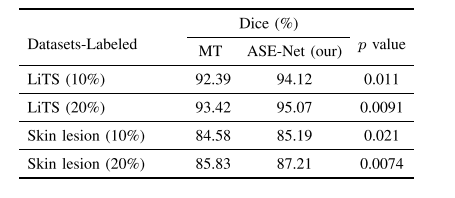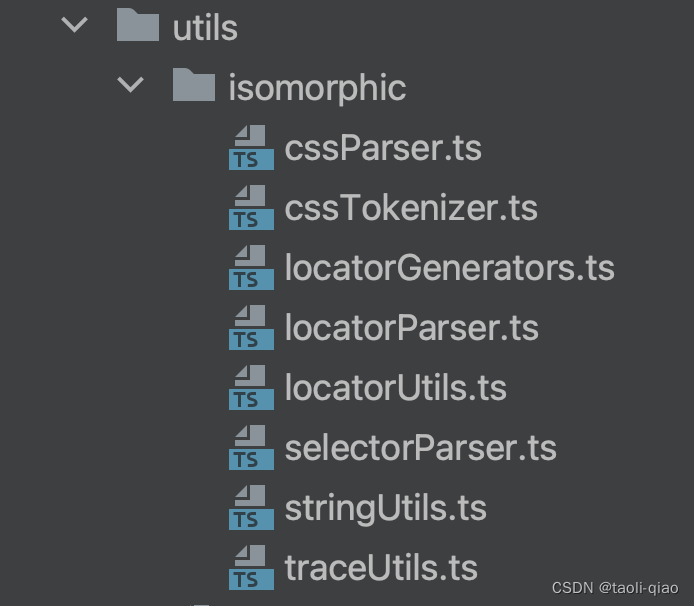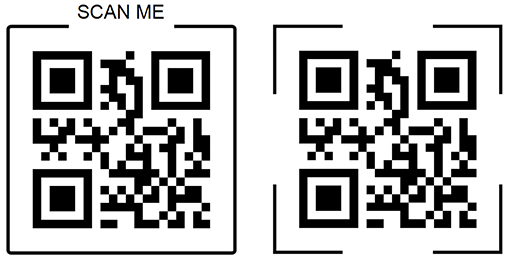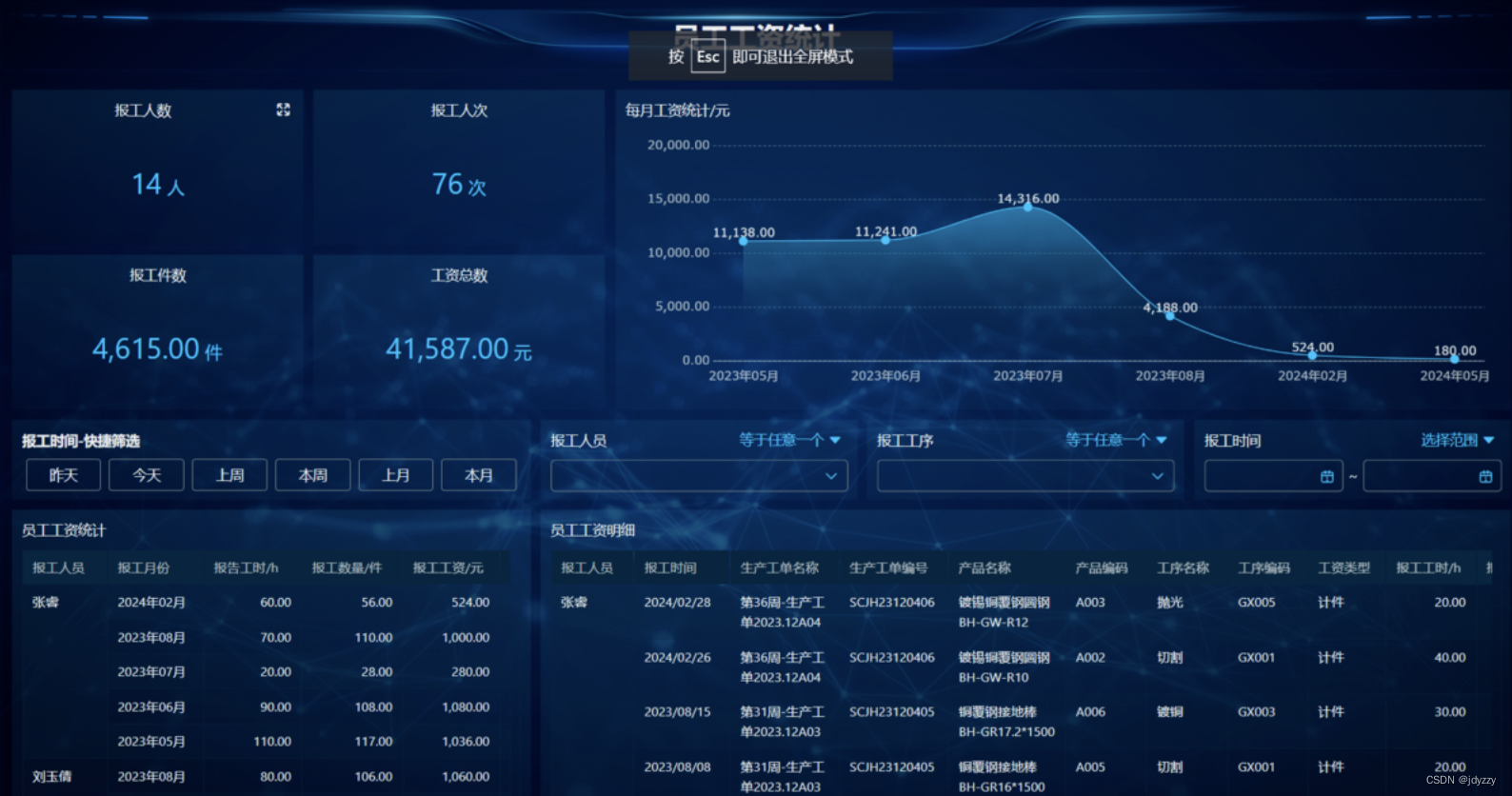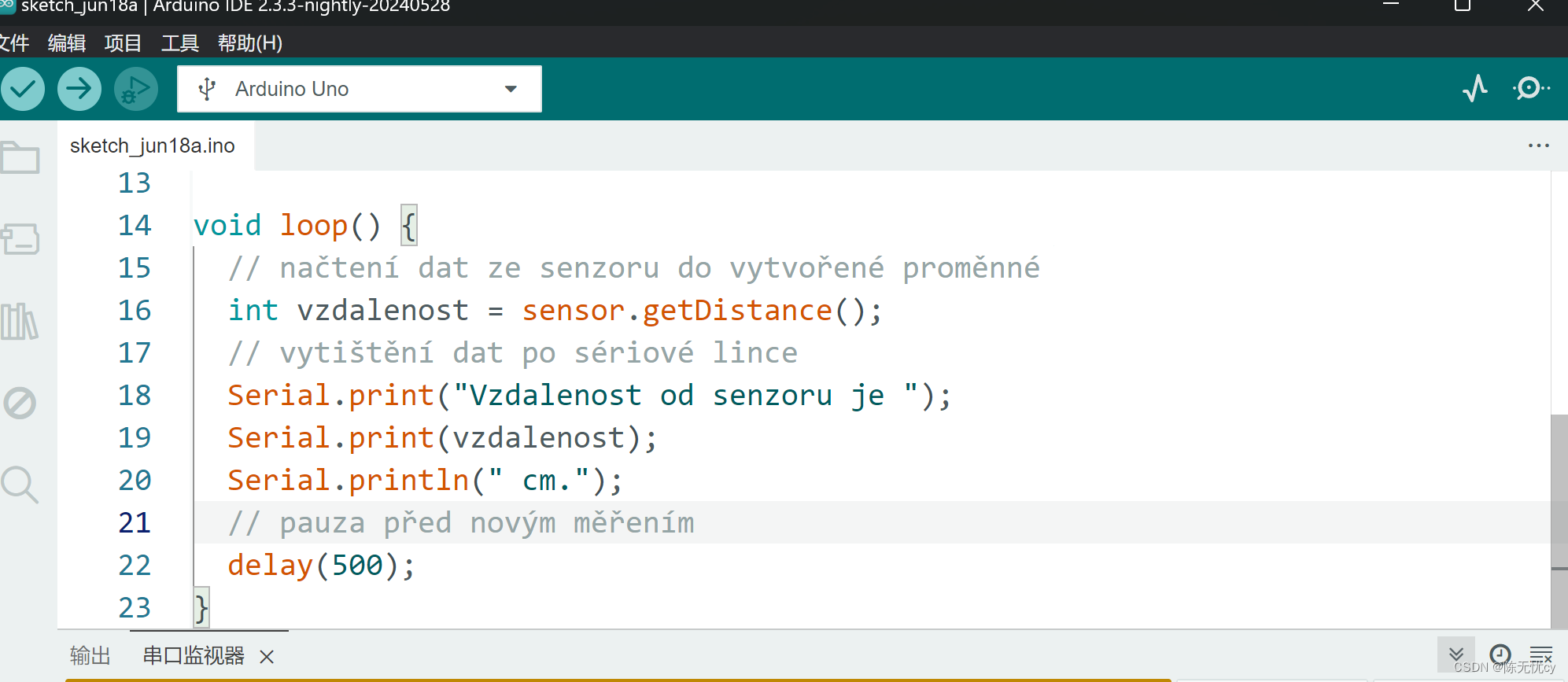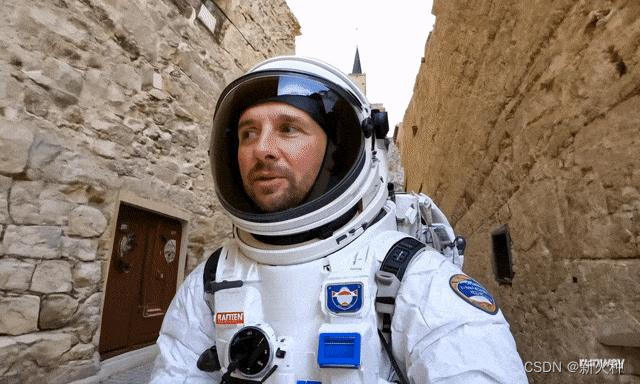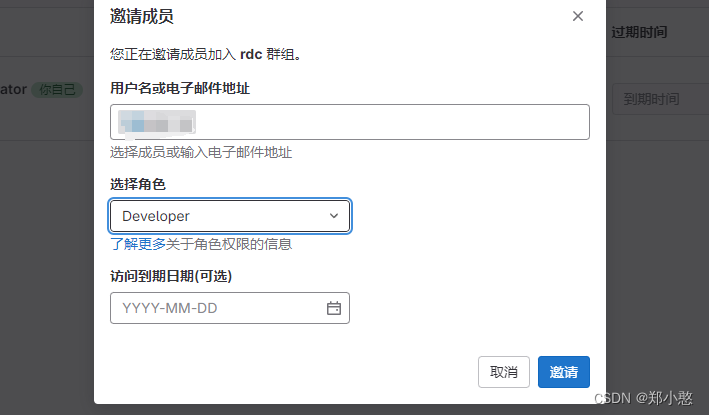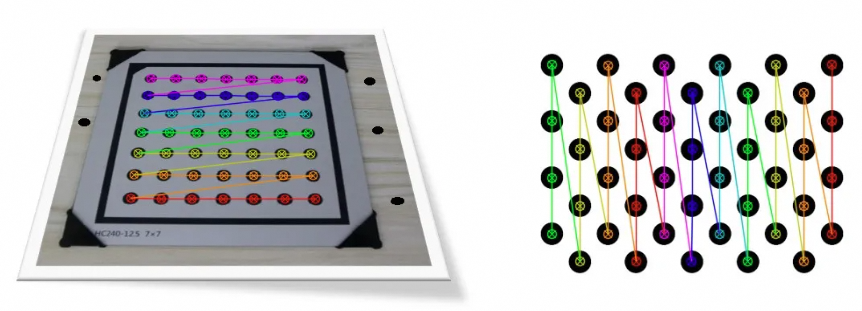文章目录
-
- 参数设置
- align_dynamic_thing:为了将动态物体的点云数据从上一帧对齐到当前帧
-
- 流程
- 旋转函数
- 平移公式
- filter_points_in_ego:筛选出属于特定实例的点
- get_intermediate_frame_info: 函数用于获取中间帧的信息,包括点云数据、传感器校准信息、自车姿态、边界框及其对应的实例标识等
- intermediate_keyframe_align 函数用于将前一帧的点云数据对齐到当前帧的自车坐标系中,并返回对齐后的点云数据和标签。
- prev2ego 函数用于将前一帧的点云数据转换到当前帧的自车坐标系中。该函数考虑了旋转和平移,并可选地应用速度和时间差来进行额外的位移校正。
- nonkeykeyframe_align 函数用于将非关键帧的点云数据对齐到当前帧的自车坐标系中
- 将前一帧的点云数据对齐到当前帧的自车坐标系中
- 为未标记的中间点云数据搜索标签
必要的包
from nuscenes.nuscenes import NuScenes
from pyquaternion import Quaternion
from nuscenes.utils.data_classes import LidarPointCloud
import numpy as np
from open3d import *
from nuscenes.utils.data_io import load_bin_file
from nuscenes.utils.geometry_utils import points_in_box
import os.path as osp
from functools import partial
from utils.points_process import *
from sklearn.neighbors import KDTree
import open3d as o3d
import argparse
初始化全局字典,用于存储中间静态点、姿态和标签
INTER_STATIC_POINTS = {
}
INTER_STATIC_POSE = {
}
INTER_STATIC_LABEL = {
}
参数设置
dataroot: 数据集的根路径,类型为字符串,默认值为 ‘./project/data/nuscenes/’。
- save_path: 保存路径,类型为字符串,默认值为 ‘./project/data/nuscenes//occupancy2/’,该参数是可选的。
- num_sweeps: 每个示例的激光雷达扫描次数,类型为整数,默认值为 10,该参数是可选的。
def parse_args():
parser = argparse.ArgumentParser(description='Data converter arg parser')
parser.add_argument(
'--dataroot',
type=str,
default='./project/data/nuscenes/',
help='specify the root path of dataset')
parser.add_argument(
'--save_path',
type=str,
default='./project/data/nuscenes//occupancy2/',
required=False,
help='specify sweeps of lidar per example')
parser.add_argument(
'--num_sweeps',
type=int,
default=10,
required=False,
help='specify sweeps of lidar per example')
args = parser.parse_args()
return args
align_dynamic_thing:为了将动态物体的点云数据从上一帧对齐到当前帧
def align_dynamic_thing(box, prev_instance_token, nusc, prev_points, ego_frame_info):
if prev_instance_token not in ego_frame_info['instance_tokens']:
box_mask = points_in_box(box,
prev_points[:3, :])
return np.zeros((prev_points.shape[0], 0)), np.zeros((0, )), box_mask
box_mask = points_in_box(box,
prev_points[:3, :])
box_points = prev_points[:, box_mask].copy()
prev_bbox_center = box.center
prev_rotate_matrix = box.rotation_matrix
box_points = rotate(box_points, np.linalg.inv(prev_rotate_matrix), center=prev_bbox_center)
target = ego_frame_info['instance_tokens'].index(prev_instance_token)
ego_boxes_center = ego_frame_info['boxes'][target].center
box_points = translate(box_points, ego_boxes_center-prev_bbox_center)
box_points = rotate(box_points, ego_frame_info['boxes'][target].rotation_matrix, center=ego_boxes_center)
box_points_mask = filter_points_in_ego(box_points, ego_frame_info, prev_instance_token)
box_points = box_points[:, box_points_mask]
box_label = np.full_like(box_points[0], nusc.lidarseg_name2idx_mapping[box.name]).copy()
return box_points, box_label, box_mask
流程
-
检查实例标识:
if prev_instance_token ∉ ego_frame_info[‘instance_tokens’]:
box_mask = points_in_box(box, prev_points[:3, :])
return (0, 0, box_mask) -
计算边界框内的点:
box_mask = points_in_box(box, prev_points[:3, :])
box_points = prev_points[:, box_mask] -
获取上一帧边界框的中心和旋转矩阵:
C_prev = box.center
R_prev = box.rotation_matrix -
将点旋转到原点并平移到当前帧的中心:
box_points = R_prev^-1 * (box_points - C_prev) -
获取目标边界框的中心和旋转矩阵:
target = ego_frame_info[‘instance_tokens’].index(prev_instance_token)
C_ego = ego_frame_info[‘boxes’][target].center
R_ego = ego_frame_info[‘boxes’][target].rotation_matrix -
平移到当前帧的中心并再次旋转:
box_points = box_points + (C_ego - C_prev)
box_points = R_ego * box_points -
过滤当前帧边界框内的点:
box_points_mask = points_in_box(ego_frame_info[‘boxes’][target], box_points[:3, :])
box_points = box_points[:, box_points_mask] -
生成点云数据的标签:
box_label = full_like(box_points[0], nusc.lidarseg_name2idx_mapping[box.name]) -
返回结果:
return (box_points, box_label, box_mask)
numpy.full_like()是根据现有数组的形状和数据类型来创建新数组,而numpy.full()则需要手动指定形状和数据类型。
旋转函数
def rotate(points, rot_matrix: np.ndarray, center=None) -> np.array:
"""
Applies a rotation.
:param rot_matrix: <np.float: 3, 3>. Rotation matrix.
"""
if center is not None:
points[:3, :] = np.dot(rot_matrix, points[:3, :]-center[:, None]) + center[:, None]
else:
points[:3, :] = np.dot(rot_matrix, points[:3, :])
return points
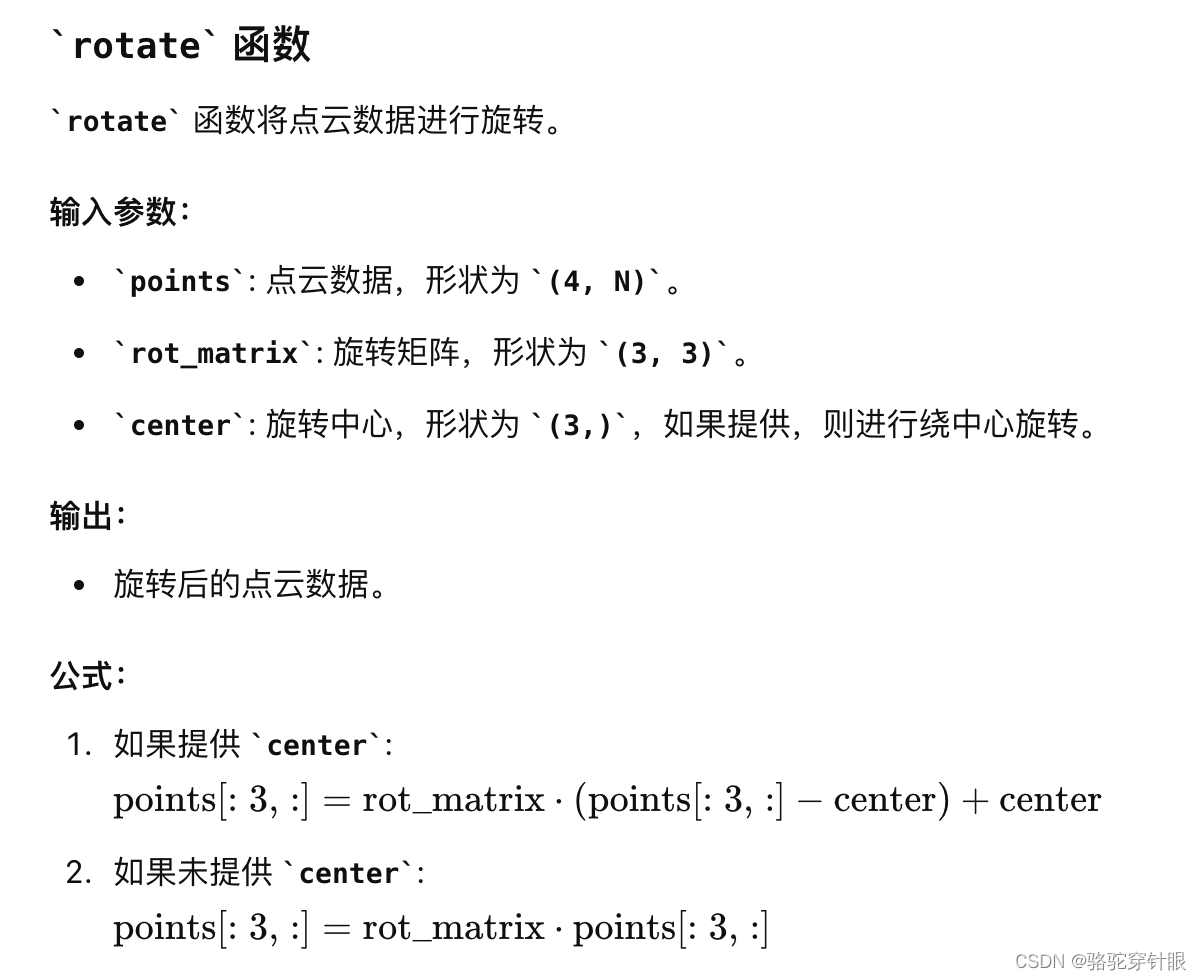
平移公式
def translate(points, x: np.ndarray) -> np.array:
"""
Applies a translation to the point cloud.
:param x: <np.float: 3, 1>. Translation in x, y, z.
"""
for i in range